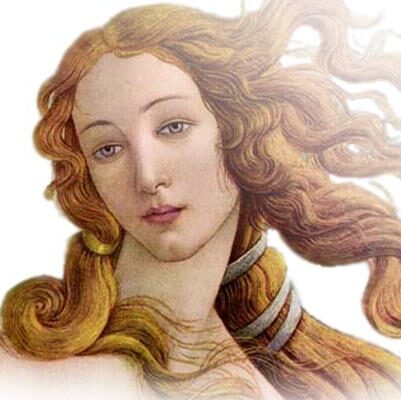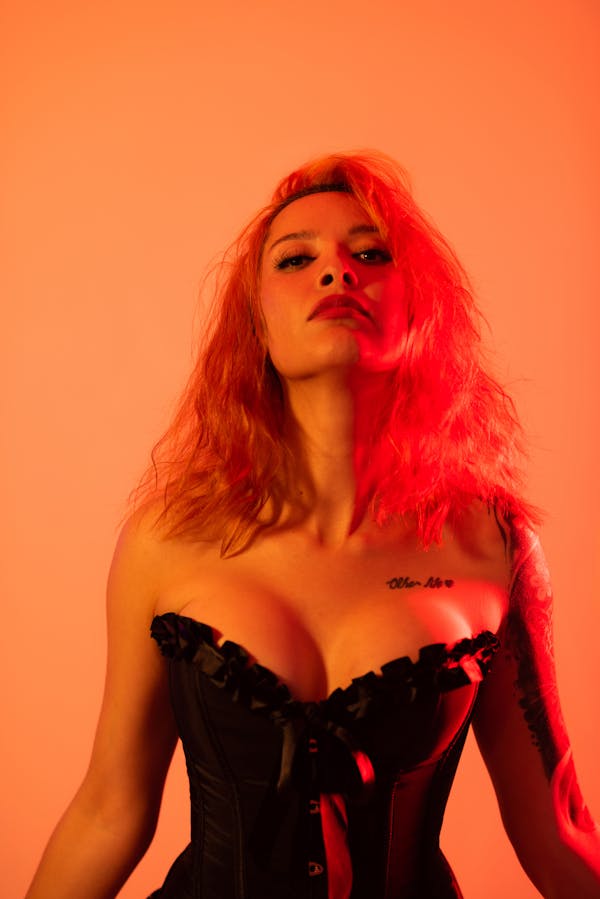by Sherif M. Awad
Burlesque is a form of theatrical entertainment that combines elements of comedy, satire, and striptease. It originated in the late 19th century as a form of variety show that mocked highbrow cultural and social norms. Burlesque performers, often referred to as “burlesque queens,” would use parody, irony, and exaggeration to poke fun at politics, literature, and other aspects of society.
The typical burlesque performance would feature a range of acts, including singing, dancing, comedy skits, and striptease. The striptease, in particular, became a defining feature of burlesque, as performers would gradually remove their clothing to the delight of the audience. However, burlesque striptease was different from modern striptease in that it was more comedic and less sexual. Performers often used elaborate costumes and props, such as feather boas and oversized props, to add to the comedic effect.
Burlesque reached the peak of its popularity in the 1920s and 1930s, with venues and performers popping up all over the United States. Some of the most famous burlesque performers of the time include Gypsy Rose Lee, Lili St. Cyr, and Tempest Storm. However, the popularity of burlesque began to decline in the 1940s, as Hollywood began to produce more explicit films, and social attitudes towards sexuality began to shift.
In the 1950s and 1960s, burlesque experienced a resurgence in the form of the “neo-burlesque” movement. This new form of burlesque was influenced by the feminist movement and aimed to reclaim the female body and sexuality from the male gaze. Neo-burlesque performers often used irony and satire to subvert traditional gender roles and sexual stereotypes.
Today, burlesque is experiencing another resurgence in popularity, with performances and festivals taking place all over the world. Many contemporary burlesque performers have incorporated elements of circus, drag, and other forms of performance art into their acts. Burlesque is also becoming increasingly diverse, with performers from different backgrounds and body types taking the stage.
Burlesque has a rich history and has evolved over time to become a diverse and inclusive form of theatrical entertainment. It combines elements of comedy, satire, and striptease to create a unique and engaging form of performance art. Burlesque continues to evolve and adapt to the times, making it a dynamic and ever-changing form of entertainment that continues to captivate audiences around the world.
Burlesque: The Movie
Burlesque is a 2010 musical film directed by Steven Antin and starring Cher and Christina Aguilera. The film follows Ali (Aguilera), a small-town girl with a big voice, as she moves to Los Angeles to pursue her dreams of becoming a singer. She lands a job at the Burlesque Lounge, a struggling nightclub owned by Tess (Cher), a former dancer who has lost her passion for the art form.
As Ali begins to perform at the Burlesque Lounge, she quickly becomes a star and starts to reignite Tess’s passion for the club and for dancing. Along the way, Ali faces competition from the other dancers, struggles with her own self-doubt, and develops a romance with Jack (Cam Gigandet), a bartender at the club.
The film features a number of musical numbers, with Aguilera performing original songs as well as covers of classic songs such as “Diamonds Are a Girl’s Best Friend” and “Lady Marmalade.” Cher also performs a number of songs, including the original song “You Haven’t Seen the Last of Me” which was written by Diane Warren, which was nominated for an Academy Award for Best Original Song.
Burlesque received mixed reviews from critics. Some praised the film’s energy and the performances of Aguilera and Cher, while others criticized it for being formulaic and overly predictable. Despite this, the film was a box office success, grossing over $90 million worldwide.
Cher’s performance as Tess was particularly praised by critics. It marked her return to the big screen after a hiatus of several years, and her portrayal of the aging former dancer was seen as both dramatic and emotionally powerful. Additionally, the film was seen as a showcase for Aguilera’s vocal abilities and her potential as an actress.


